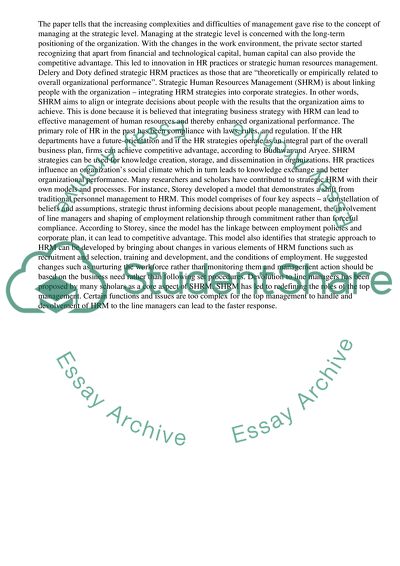Cite this document
(“How the theory of Strategic Human Resource Management can assist Essay”, n.d.)
How the theory of Strategic Human Resource Management can assist Essay. Retrieved from https://studentshare.org/business/1459544-discuss-whether-and-how-the-theory-of-strategic
How the theory of Strategic Human Resource Management can assist Essay. Retrieved from https://studentshare.org/business/1459544-discuss-whether-and-how-the-theory-of-strategic
(How the Theory of Strategic Human Resource Management Can Assist Essay)
How the Theory of Strategic Human Resource Management Can Assist Essay. https://studentshare.org/business/1459544-discuss-whether-and-how-the-theory-of-strategic.
How the Theory of Strategic Human Resource Management Can Assist Essay. https://studentshare.org/business/1459544-discuss-whether-and-how-the-theory-of-strategic.
“How the Theory of Strategic Human Resource Management Can Assist Essay”, n.d. https://studentshare.org/business/1459544-discuss-whether-and-how-the-theory-of-strategic.


